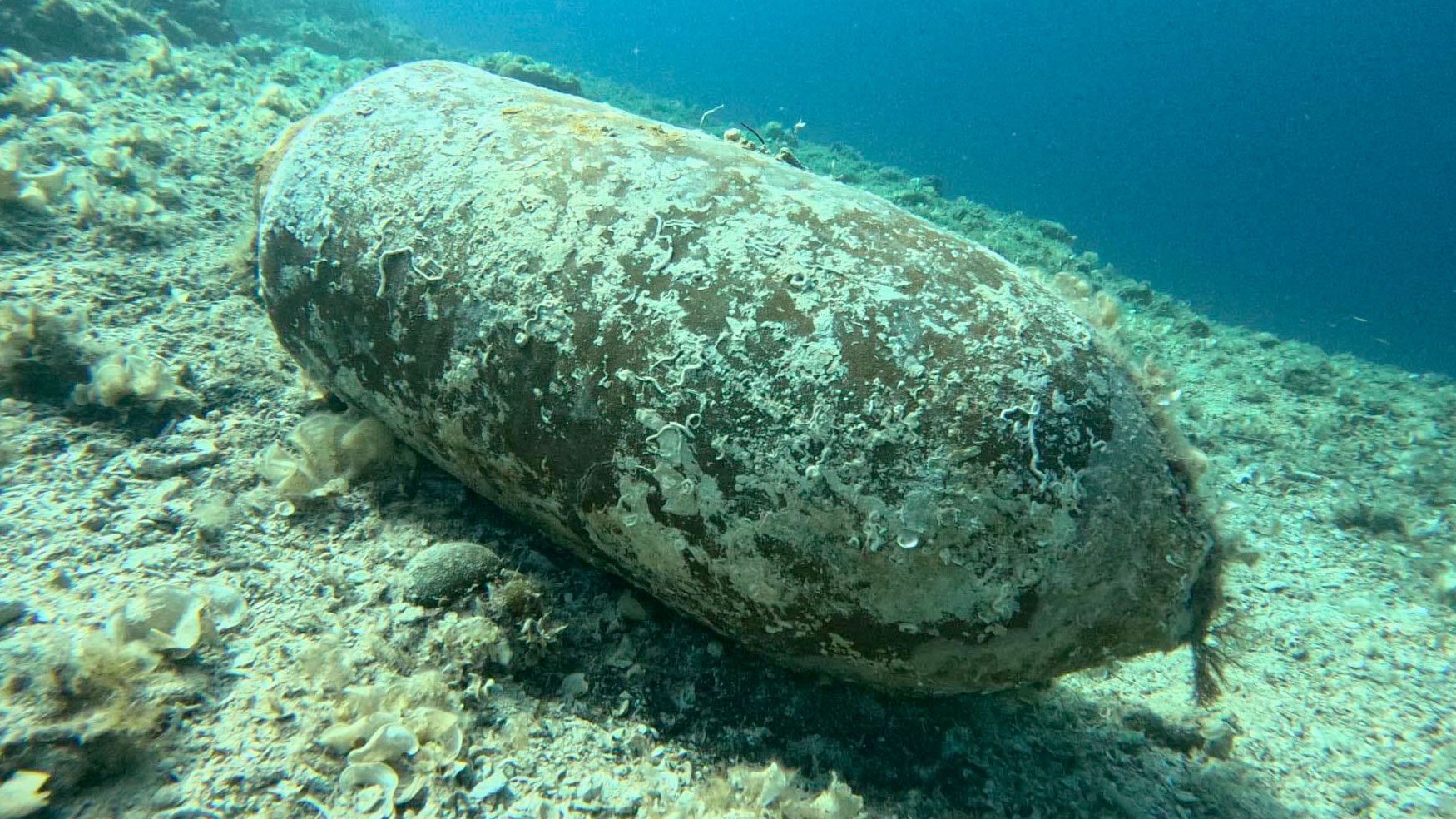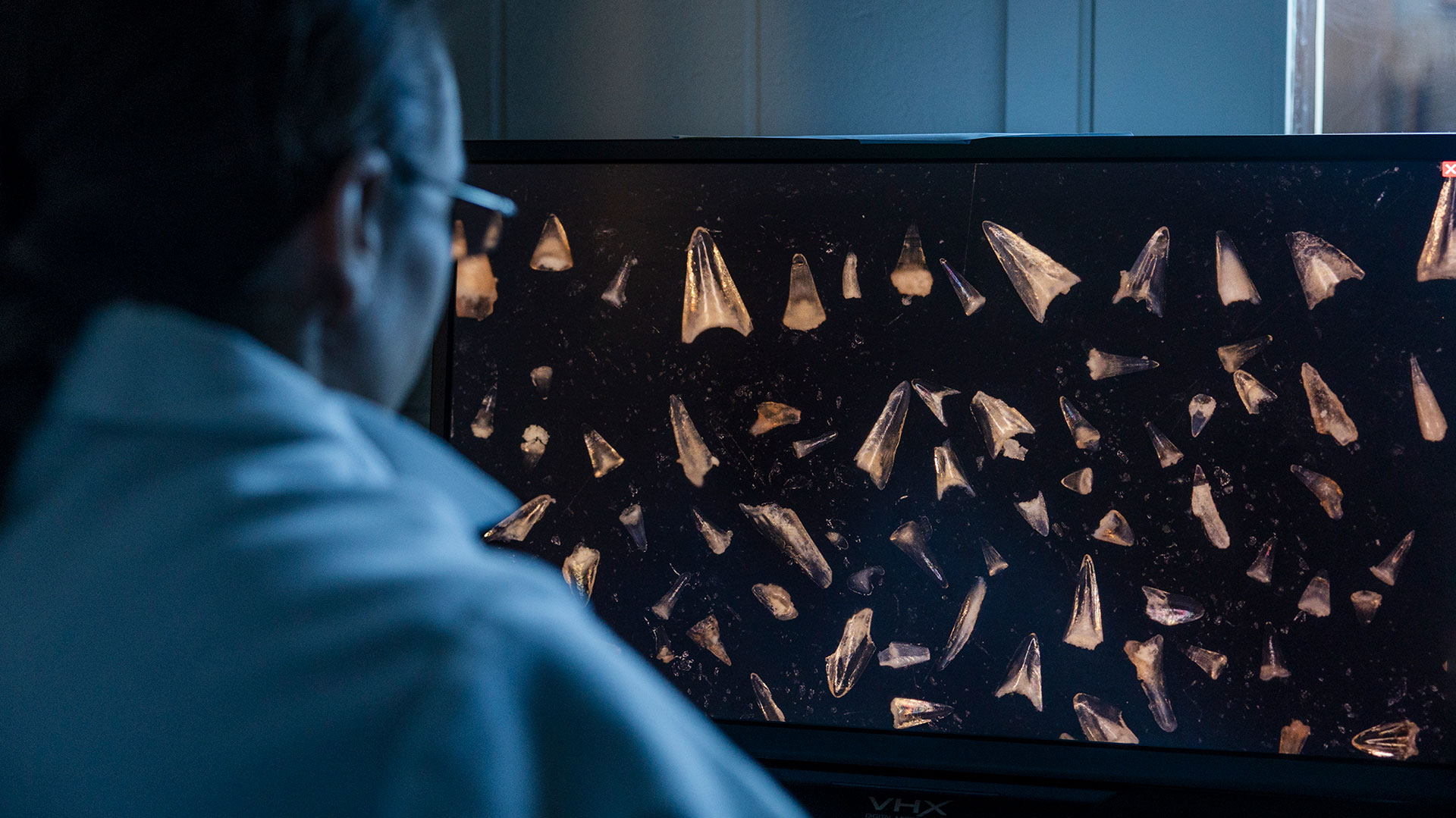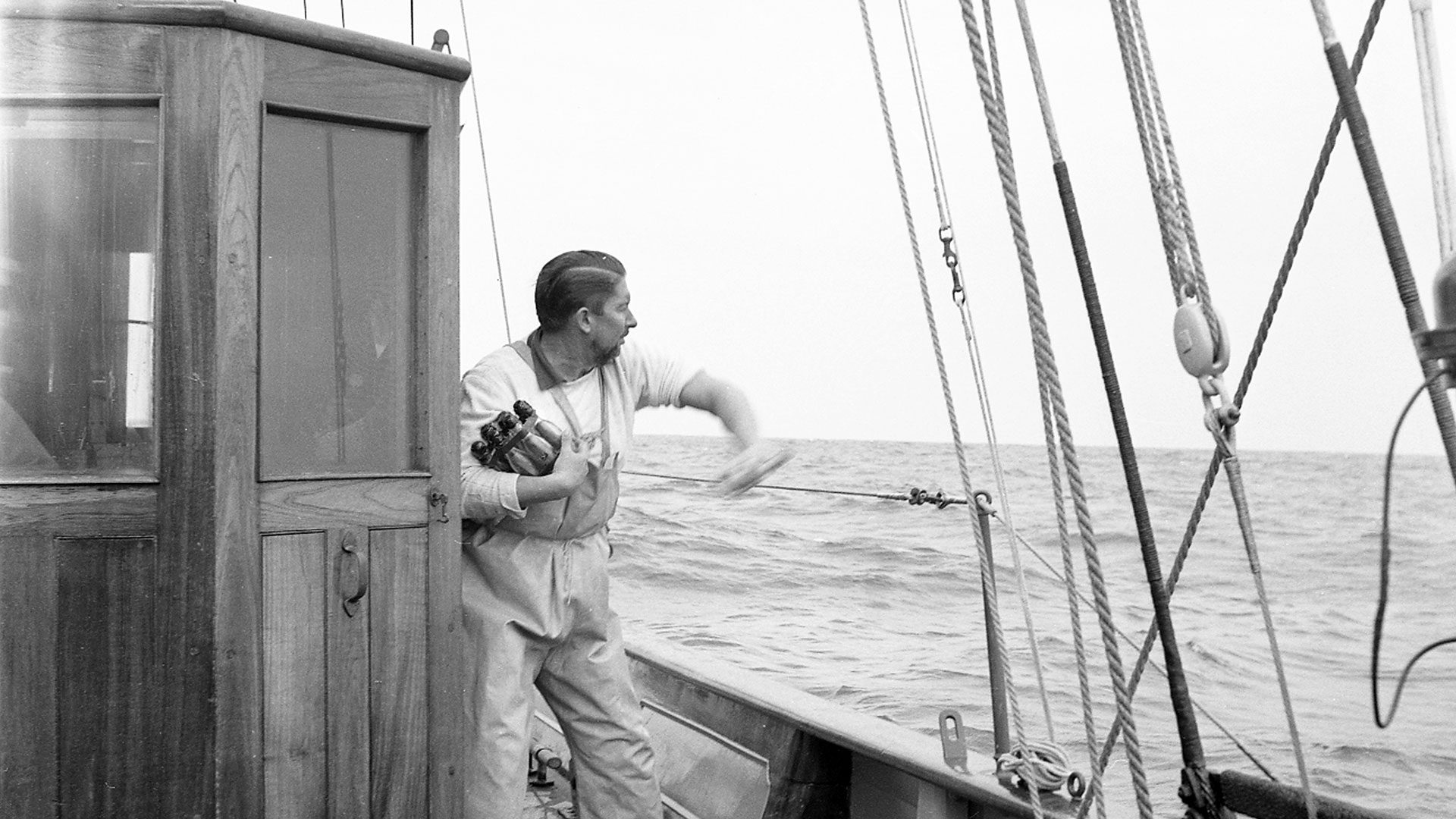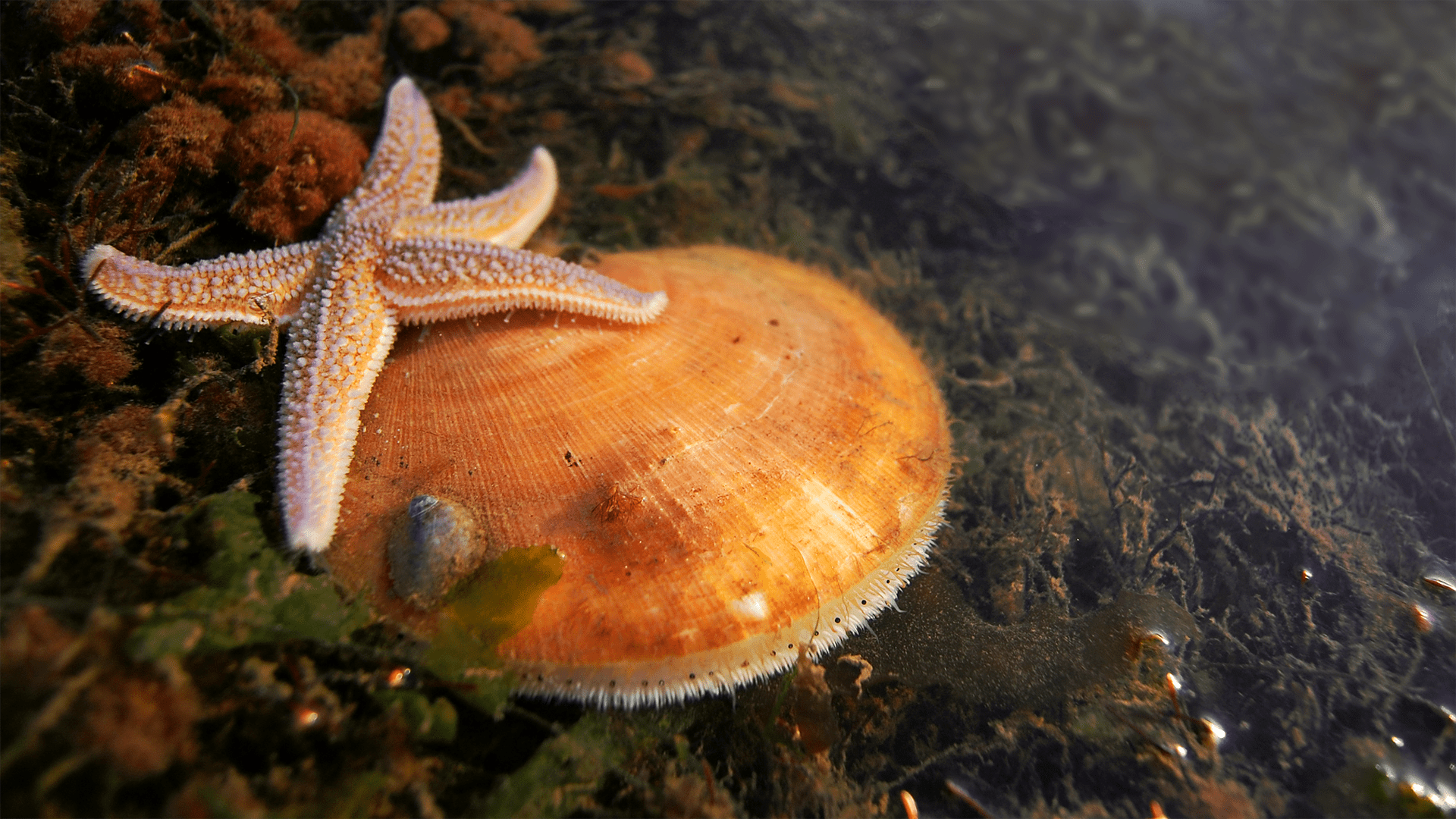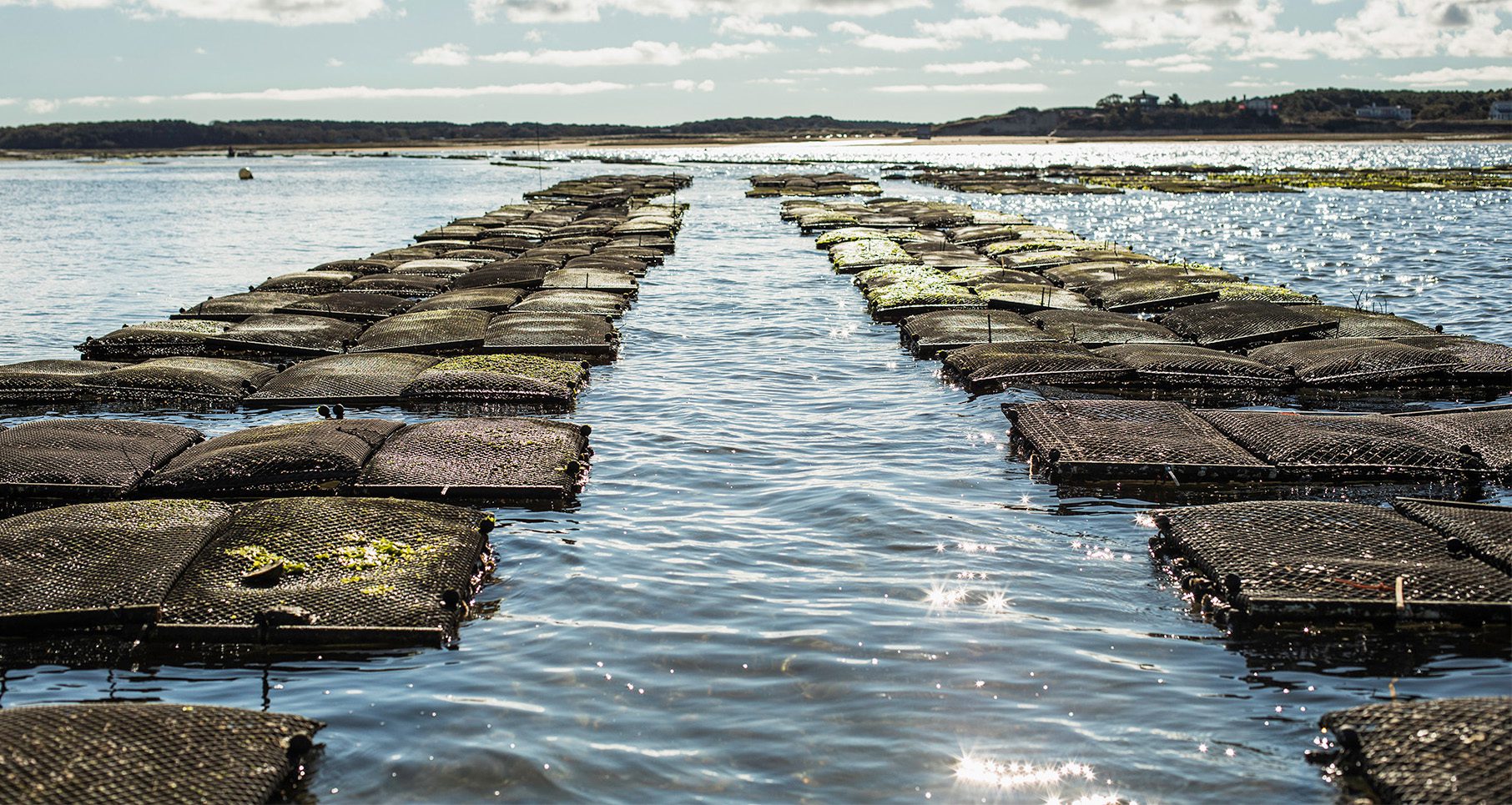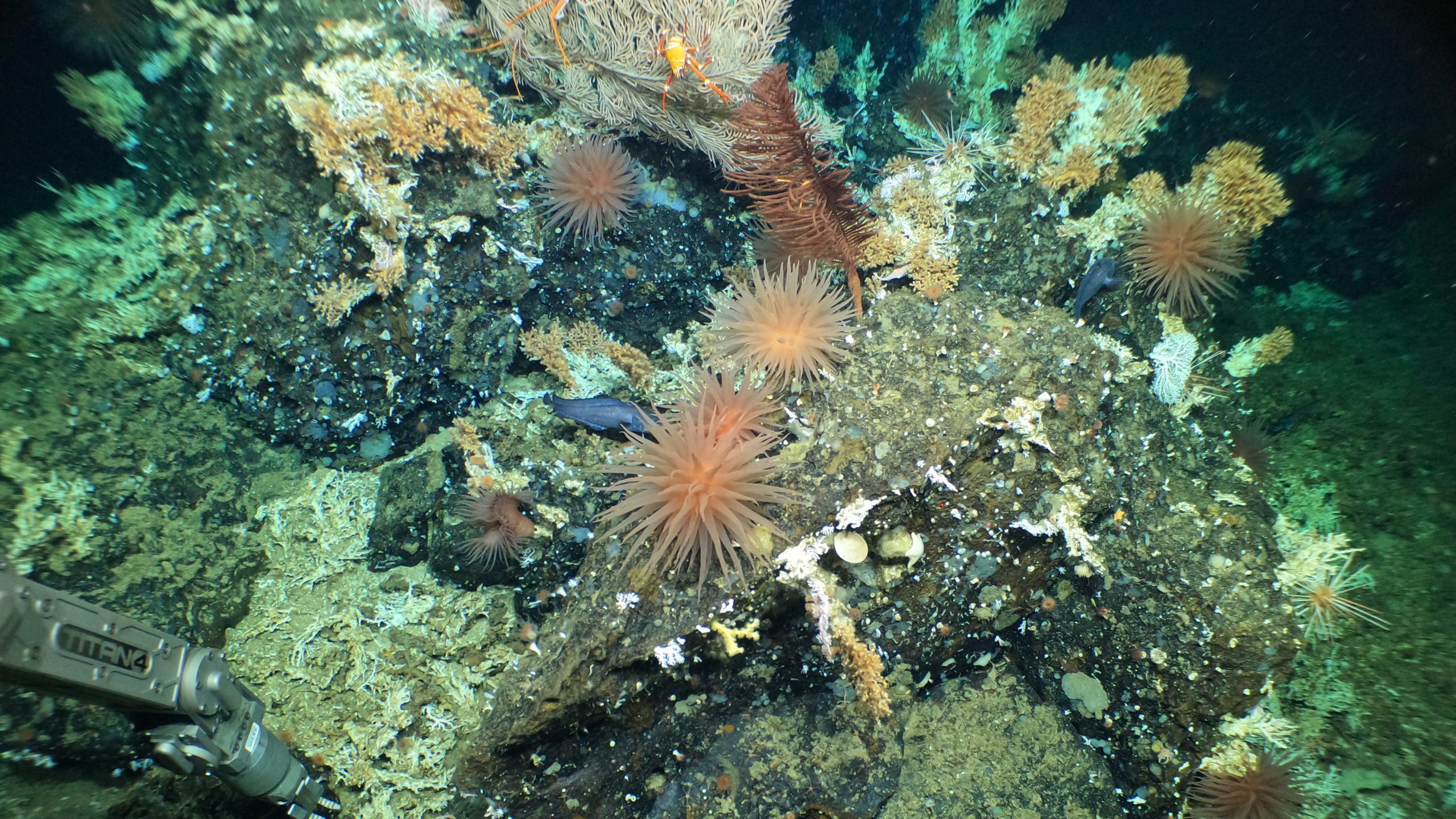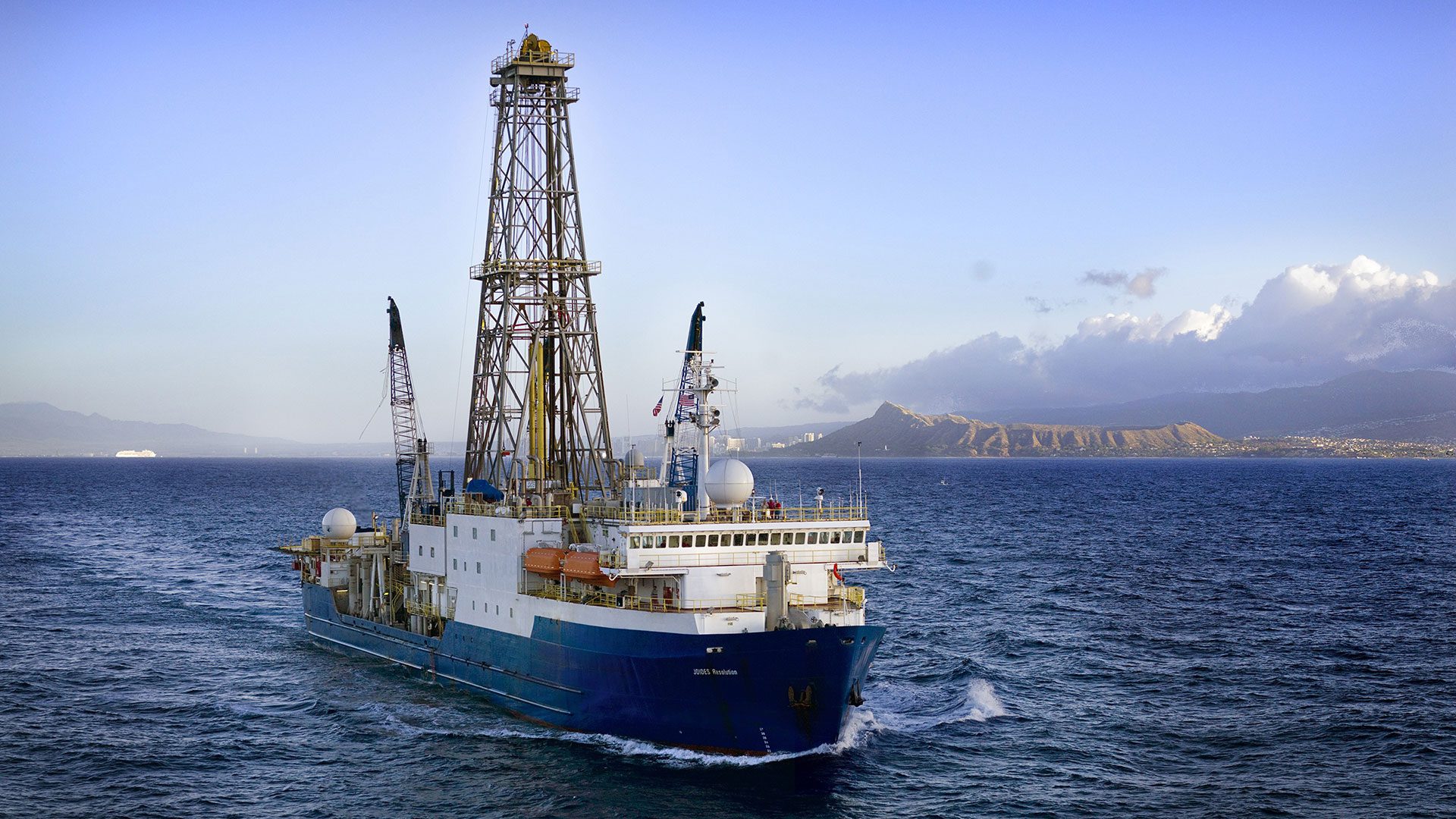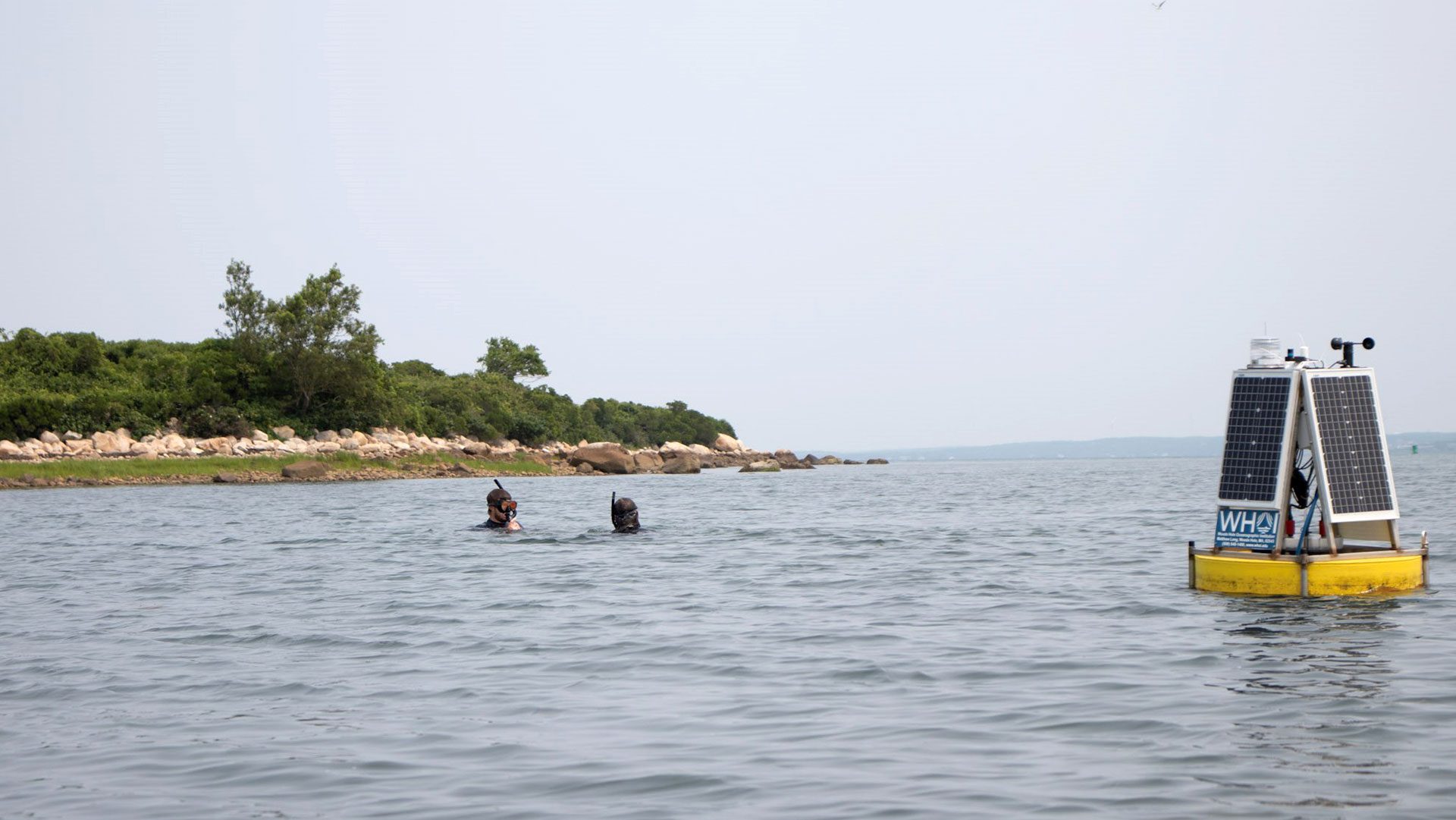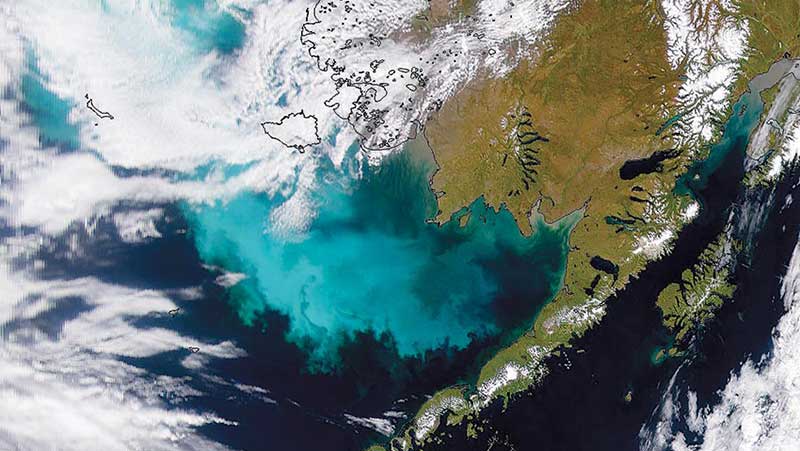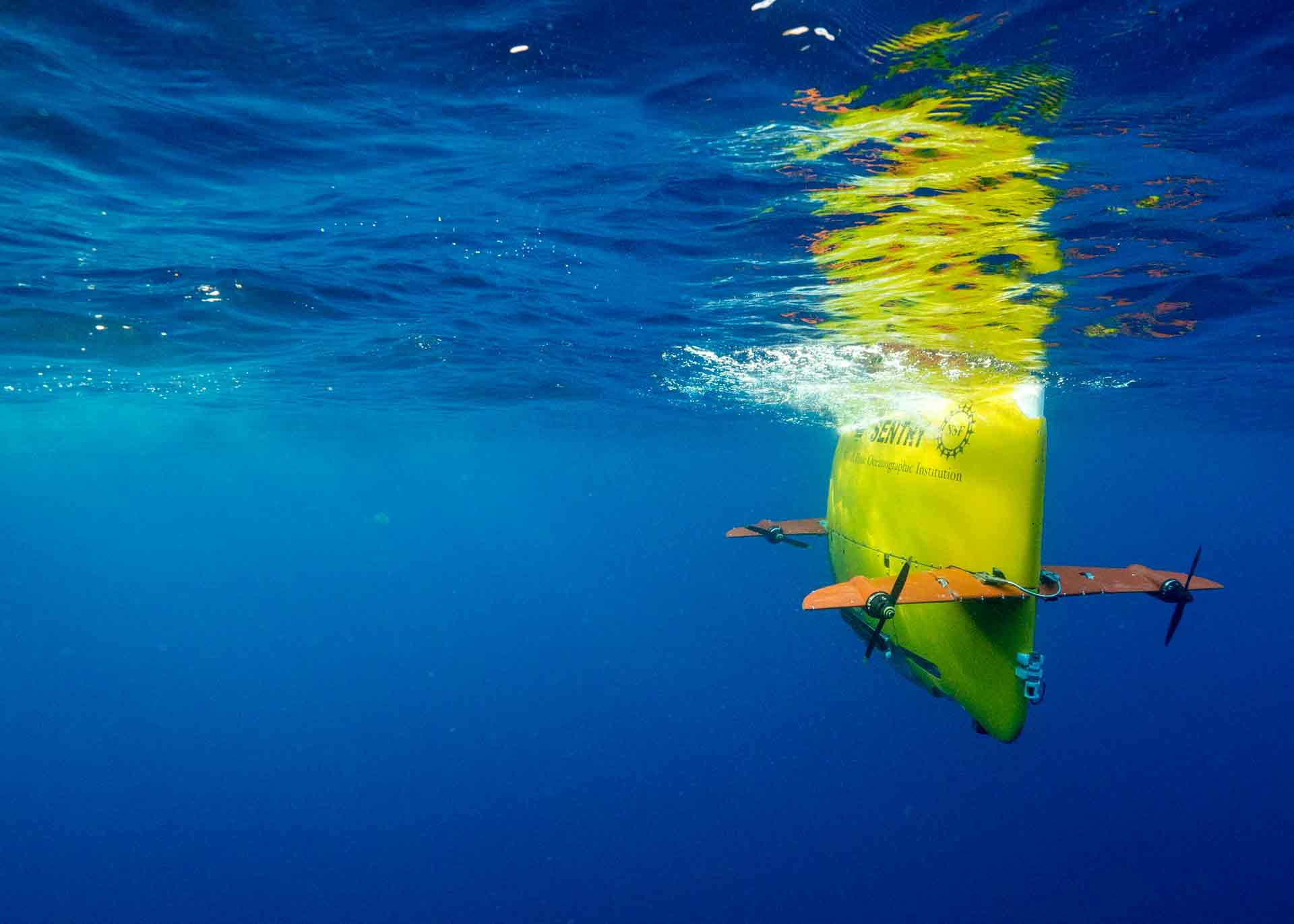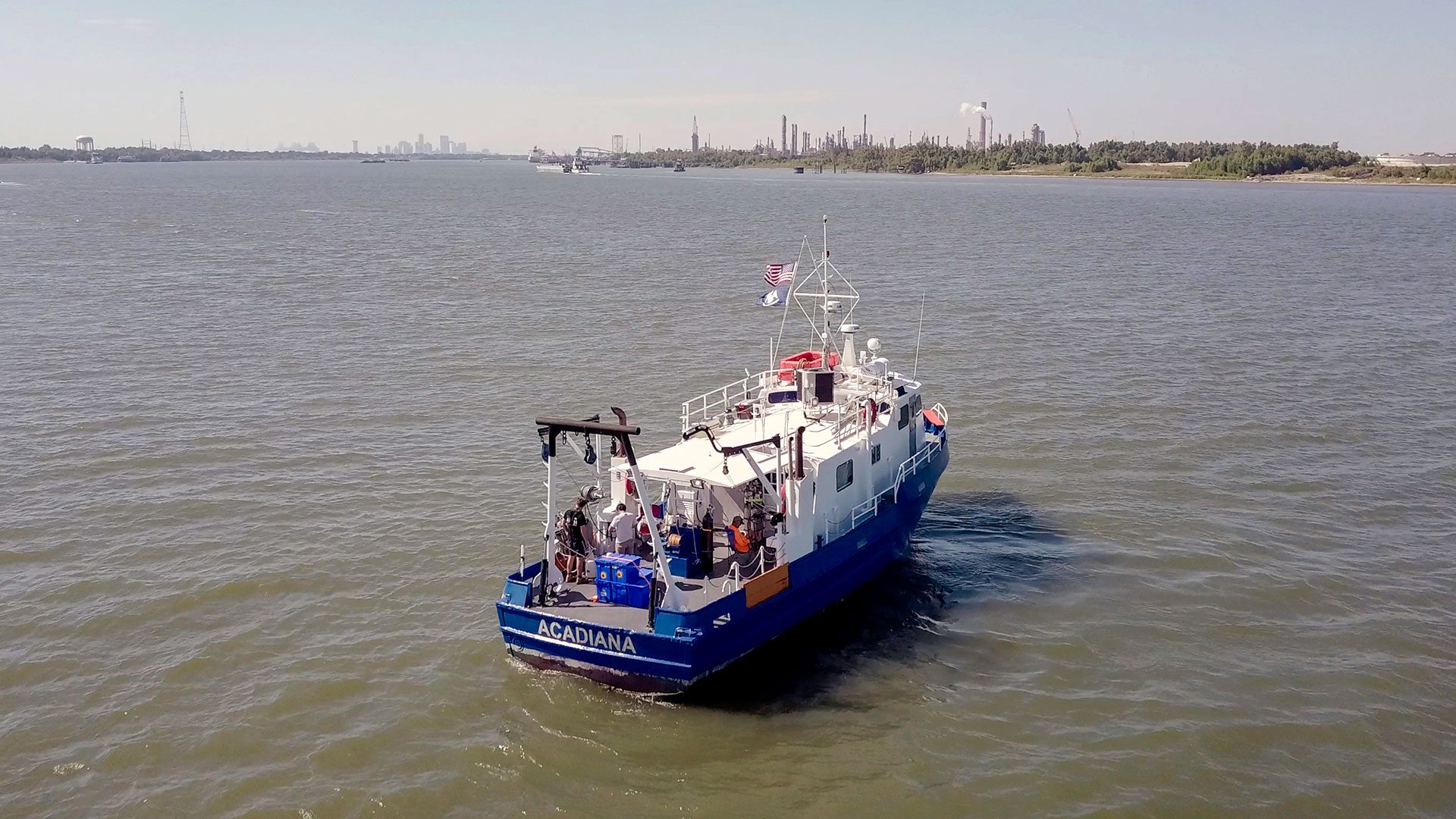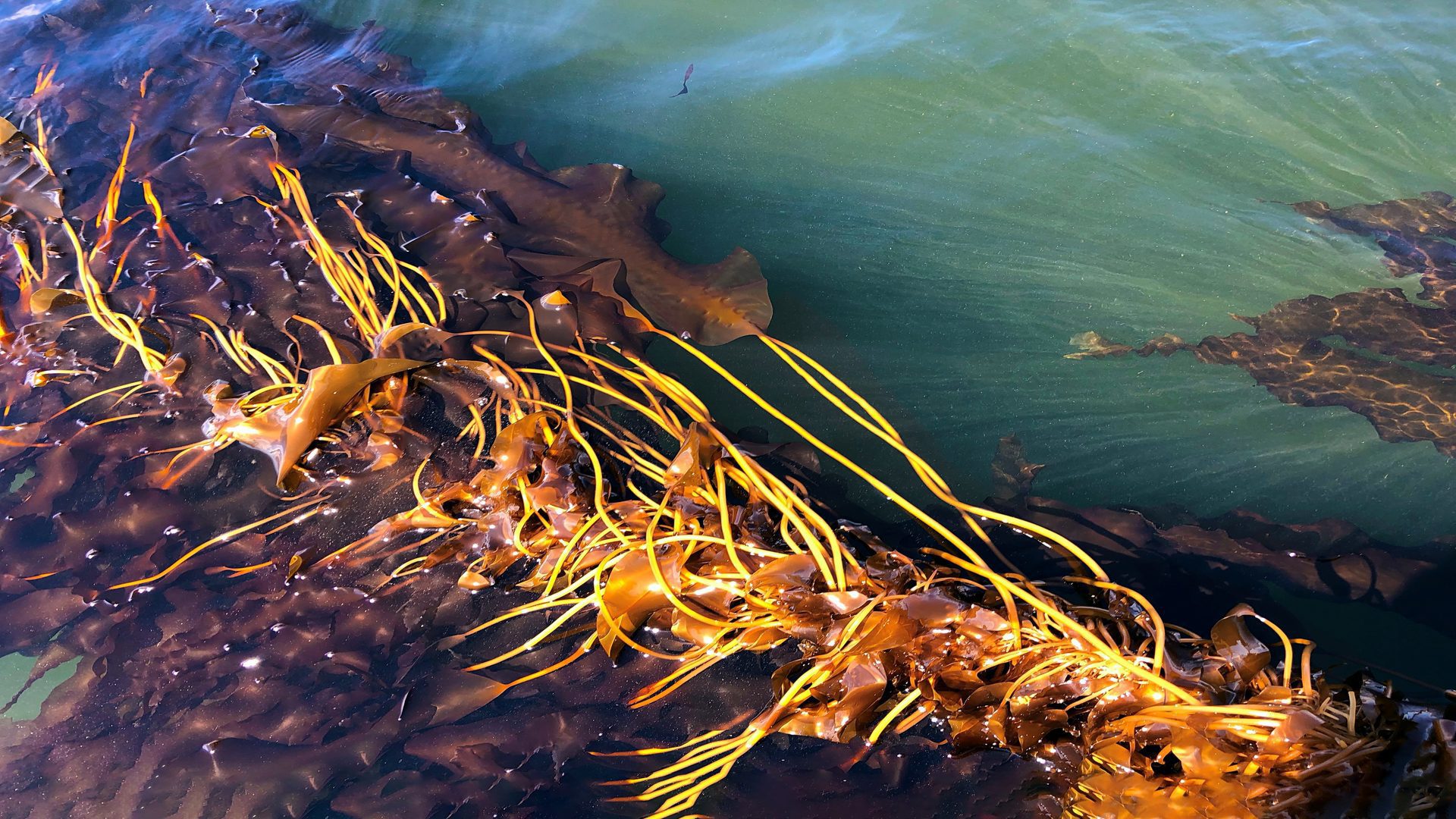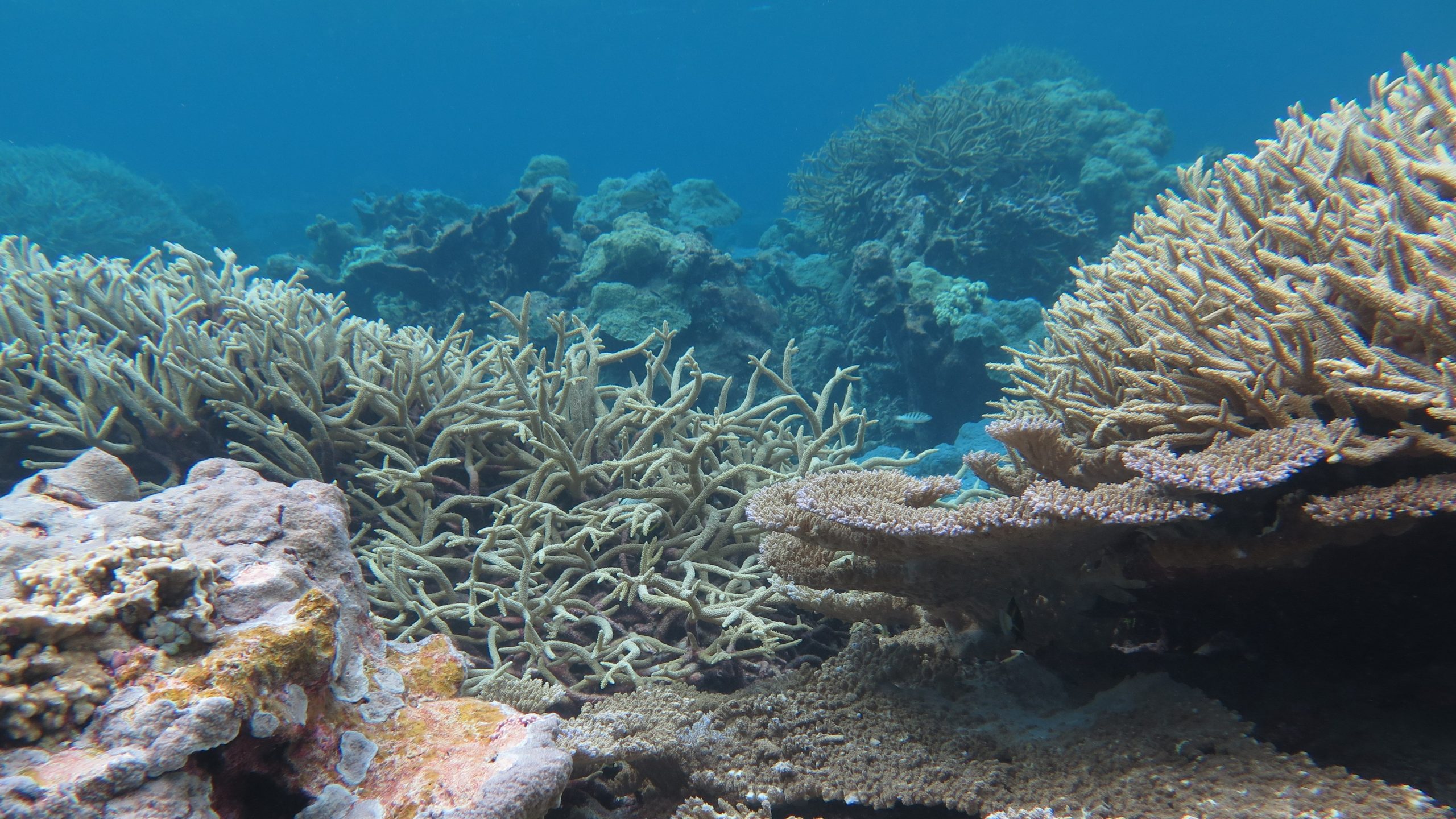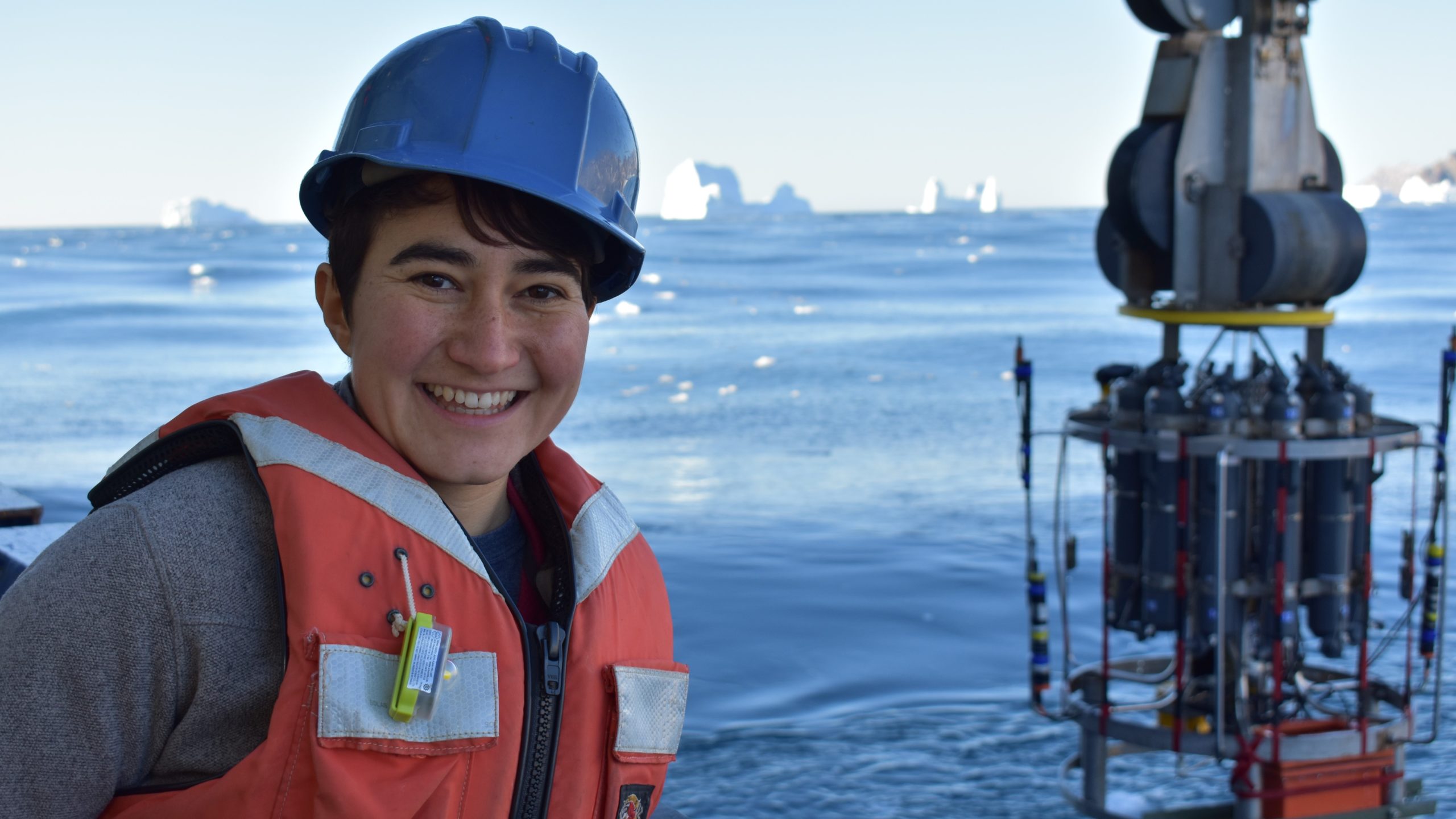Featured Project
Grits, storms, and cosmic patience
As storms stall liftoff, Europa Clipper Mission Team member Elizabeth Spiers patiently awaits the biggest mission of her life
Read MoreLearning to see through cloudy waters
How MIT-WHOI student Amy Phung is helping robots accomplish dangerous tasks in murky waters
Read MoreValentine’s Day Courtship Tips from the Ocean
Are you an ocean lover? Go a little deeper with these courtship tips from beneath the waves!
Read MoreUnseen Ocean
Artist Janine Wong and scientist Jing He capture the art of currents in “Submesoscale Soup”
Read MoreDeep-sea amphipod name inspired by literary masterpiece
Name pays tribute to Cervantes’ Don Quixote and reinforces themes of sweetness and beauty
Read MoreAn immersive twilight zone exhibit
An ARTECHOUSE and WHOI collaboration in Washington, D.C. is transporting visitors to a hidden layer of the ocean
Read MoreHope in fossilized fish bits
Abundant life in hotter ancient seas gives one paleontologist optimism for the future
Read MoreThe long journey of Bottle No. 71645
Drift bottle released in 1968 to study ocean currents found on Maine beach
Read MoreIs underwater construction noise leaving scallops defenseless?
Sea scallops expend a lot of energy reacting to noisy pile drivers
Read MorePuzzling over a mollusk mystery
What’s causing a contagious cancer to spread among clams?
Read MoreScientists Aboard R/V Atlantis Discover Deep-Sea Coral Reefs in the Galápagos
Observations using the newly upgraded human-occupied vehicle Alvin are the first of a deep-water coral reef in the Galápagos Marine Reserve.
The reefs are located at depths between 400-600 m, atop previously unmapped seamounts.
Building Blocks of Life on the Atlantis Massif
An upcoming expedition aboard the US ocean drilling ship JOIDES Resolution co-led by Susan Q. Lang, a geochemist at WHOI and director NOSAMS Facility, will attempt to shed new light on the processes that likely helped jumpstart the formation of life early in Earth’s history.
Read MoreNatural Wax Holds Promise to Replace Petroleum in Cosmetics and Personal Care Products
Woods Hole Oceanographic Institution and Western Washington University Sign License Agreement for Upwell Cosmetics to Make and Market a Marine Microalga-Derived Wax
Read MoreExcess Nutrients Lead to Dramatic Ecosystem Changes in Cape Cod’s Waquoit Bay
The Bay Is a harbinger for estuaries worldwide, say researchers
Read MoreReconstructing the Bering Sea’s stormy past
Researchers help Bering Sea indigenous communities understand the past and plan for future
Read MoreHow does Sentry know where it is?
New smarts keep the autonomous vehicle on track
Read MoreLooking to the Mighty Mississippi for climate solutions
Researchers measure alkalinity flowing into the Gulf of Mexico to assess a carbon dioxide removal strategy
Read MoreSargassum serendipity
A surprise find connects MIT students working on solutions for a harmful algal bloom in the Caribbean
Read MoreAn introduction to marsh bothering
A sea-level modeler plunges into fieldwork on Prince Edward Island
Read MoreWoods Hole Oceanographic Institution receives Seagriculture Innovation Awards
Woods Hole Oceanographic Institution (WHOI)-led teams earned Gold and Silver Innovation Awards for seaweed solutions projects, presented at the first annual Seagriculture Conference USA 2022 in Portland, Maine.
Read More“Digital Reefs” awarded $5 million
The National Science Foundation (NSF) has awarded Woods Hole Oceanographic Institution (WHOI) $5 million to participate in NSF’s ground breaking Convergence Accelerator Program. The project, led by WHOI scientist Anne Cohen, builds the world’s first Coral Reef Digital Twin, a 4-dimensional virtual replica of a living coral reef powered by state-of-the art data and models.
Read MoreWaiting on the next freshwater flush
Could the unprecedented amounts of freshwater in the Beaufort Sea stall the current system that controls our climate? WHOI’s Isabela Le Bras weighs in.
Read MoreThe Power of Super Reefs
Working with the governments and scientists of several Pacific Island nations, the project’s first goal is to limit the impacts of pollution and fishing by expanding these countries’ marine protected areas (MPAs).
Read MoreWHOI and CMA CGM Group deploy acoustic monitoring buoy near Norfolk, Virginia
Woods Hole Oceanographic Institution (WHOI) and The CMA CGM Group, a global player in sea, land, air, and logistics solutions, have deployed an acoustic monitoring buoy 33 miles off the coast of Norfolk, Virginia. A second buoy is slated for deployment off the coast of Savannah, Georgia in the coming weeks.
Read More

